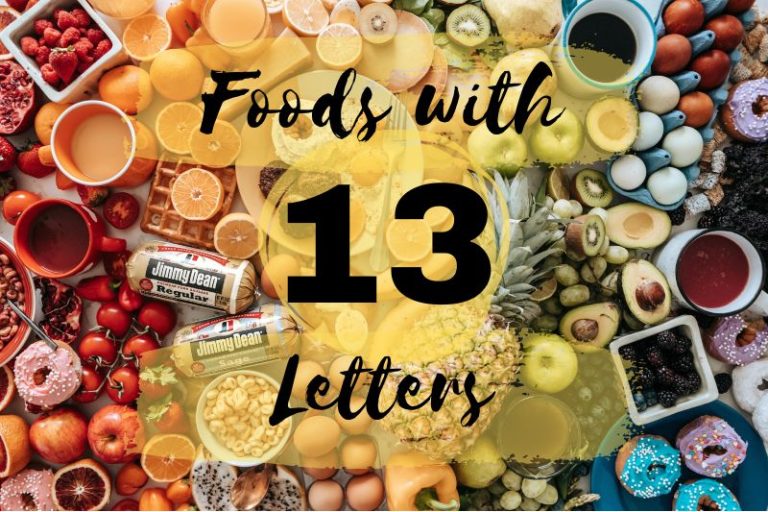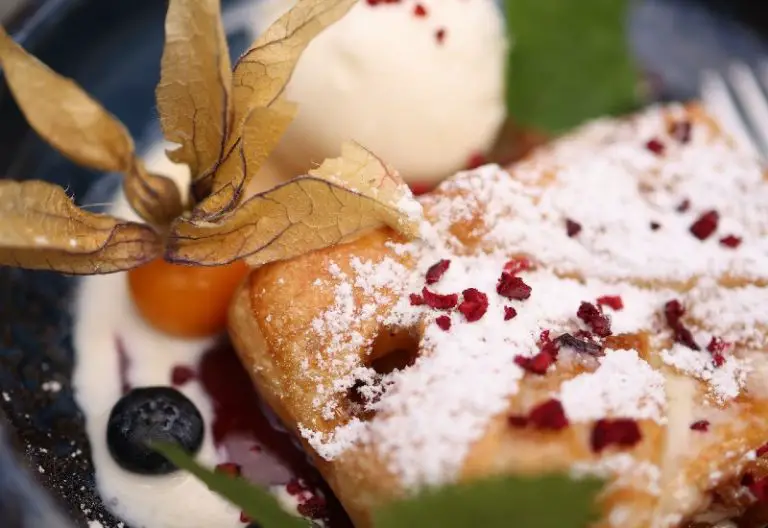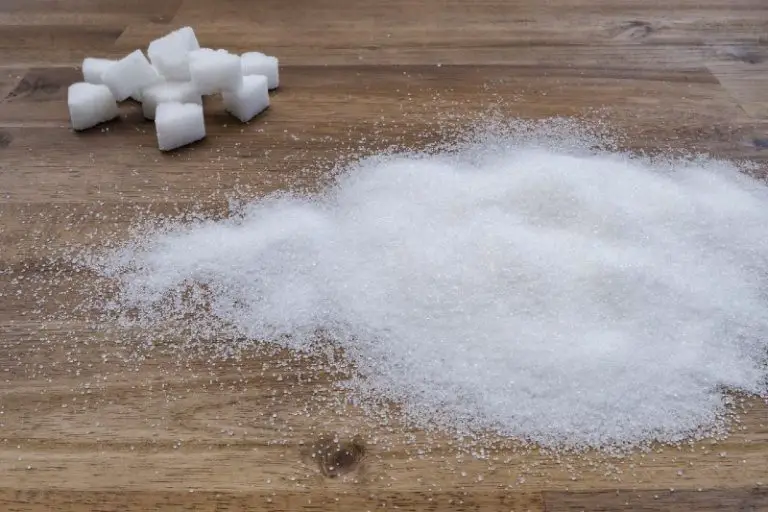History of Food Photography
Food is more than sustenance in current Western, consumerist culture. So, why has food photography historically been considered as crass and commercial and not worthy of artistic attention? Tellingly, there are no history books about this so I have decided to redress this fact by examining the many disparate sources on the subject.
Food has been used as a ‘subject’ in photography and the methods, equipment and overall style within this genre have changed since the early days of still life photography. While outlining the history of food photography in chronological order, drawing your attention to the aesthetic and cultural importance of the images, this series of articles intends to convince you, the reader, that food photography is a genre that deserves aesthetic merit.
Before we can even begin to look at food photography, we must first look at still life paintings, since arguably, this photographic genre, however uninspiringly commercial it may have seemed at points in the 20th century, has undoubtedly developed from this art historical tradition. There are many key aspects of interest painters used that were later taken up by contemporary food photographers. Aspects of realism, painterly skill, effects of light, composition and arrangement, allegory and meaning, and indicators of lifestyle and class were all elements of modern of still life painting that are mirrored in commercial food photography today.
Still life paintings of the 17th century seemed to draw attention to food as having a ‘natural beauty’, which was distinguished by still life painters of the 16th and 17th centuries. While the genre of still life in painting can be traced back to the 16th century, it wasn’t until the 17th century that it became well known in Europe. Paintings were commissioned by the wealthy, so the commissioners had more creative control over the paintings than the painters themselves. Painters were required for their skill, which was assessed by their aesthetic choices and their meticulous arrangement of objects, their ability to portray the subject and whether the painting expressed an allegorical message. Food was often used as subject matter, as it allowed painters to meet all of these criteria. A notable example is Michelangelo Merisi de Caravaggio, in Italy in the early 17th century, who preferred creating compositions containing realistic depictions of fruit.
Rome and cities of the Netherlands and Northern France were the leading regions of still life painting, focusing on tables loaded with a variety of fresh food. Spanish still life focused on just a few kinds of food in a small area. Similarly, artists in Florence kept this simplistic depiction in still life paintings, but incorporated influence from scientific diagrams. Allegory and meaning were important in still life paintings of this time, but given the shift away from religion as a dominant social concern, such religious connotations tend not to occur in contemporary food photography.
At the same time in England, there were many conventions in the display of food and drink in still life paintings; there was no human interaction at the table, seemingly making the food more attainable to a viewer. Dutch painters of the 17th century piled delicious food on glorious table coverings. Paintings like these were used to reinforce the idea that having plenty in the larder was a sign of wealth, since they display indicators of class and status associated with the wealthy at the time, a significant historical point when then assessing contemporary food photography.
Aspects of realism, attention to composition and arrangement and a concern with allegorical meanings carried over in the 18thcentury, which saw more elaborate still life paintings. The food items were more carefully chosen for visual interest, like unusual shape or texture and grand banquets were depicted in their entirety. Jean-Simeon Chardin, a significant still life painter, produced many realist paintings between 1720-1770, depicting everyday objects with illusionist elements yet blended these into a realistic atmosphere.
‘Food’ photographs started to appear in the early 19th century in the form of copied still lives, focussing on realism, composition and most importantly the effects of light, essential to producing any photograph. Photography’s first still life was a picture of a table set for a meal made by Nicephore Niepce in 1827. Louis-Jacques-Mande Daguerre produced a still life by 1837 while Talbot and Hippolyte Bayard produced theirs by 1840. Among these accomplishments, Henry Fox Talbot photographed an overflowing basket of fruit in 1842 and later produced a series of still life photographs, entitled ‘Pencils of Nature’ in 1846 featuring images of fruit baskets on patterned tablecloths. The compositions in the images are reminiscent of Flemish still life paintings from the 17th century.
In 1867, chromolithographs were featured in ‘Le Livre de cuisine’ (“The Royal Cookery Book”) written by Jules Gouffe, a well-known French chef. Printed in Paris, the cookery book contains 25 chromolithograph plates printed in colour, the beginning of food illustrations being used in cookbooks.
Although black and white pictures began to appear in early printed cookery books, the process was slow. Professional photographers used the half-tone process for cheaper reproduction. As photography became a popular medium, advancements in printing techniques paved the way for easier production.
Although food was appropriated as a subject in photography, still life painters in the 20th century continued painting food as the genre maintained its popularity.
Developments in printing techniques paved the way for photographic printing in newspapers and magazines yet the aesthetics of still life paintings were still seen and reflected upon in commercial food photography magazines of the 20th century.
Today, we can see how aesthetics of 17th, 18th and 19th century still life painting are concurrent with contemporary food photography and this is only the beginning of a fascinating history of this photographic genre.
Helen’s Website: www.helengraceventurathompson.com
Photography Blog: www.hgvthompsonphotography.blogspot.com
History of Food Photography Blog: www.historyoffoodphotography.blogspot.com/
Follow Helen on Twitter: @hgvthompson


